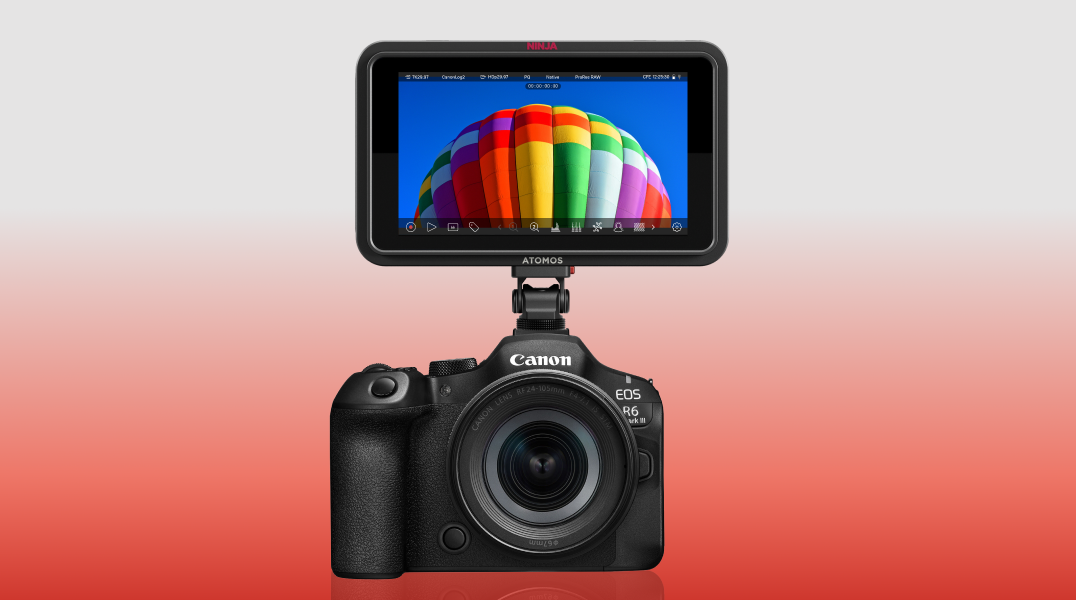Put Paid to Digital
ure, people accuse TV stations of some pretty nasty behavior. (Sometimes the reputation is earned, as with WHNT in Huntsville, Ala., censoring a 60 Minutesreport on Alabama’s great political scandal--maybe just a well-timed accident. But to digress in one’s lede is bad manners.) But how many station managers can truly sympathize with one of the greatest villains in the history of entertainment?
All of you, I’d say. When Richard III called out, “My kingdom for a horse,” he spoke for broadcasters across America these days.
A kingdom normally might be worth more than a horse, except when you really need a horse. It would be big-time collateral, but what banker would accept any less, given the risk of the debtor dying in battle?
So here we have an industry in decline, if not nearly dying away. The latest forecast I saw for TV station revenues in this unusually competitive election year is up 4 percent over 2007, and that was before the economy was clearly in recession.
Four percent used to be considered a lousy number for annual TV ad sales growth in any year, much less an election year. In 2004, revenues grew more than 10 percent; in the mid-year election of 2006, they grew 7.9 percent. But for the period from 2006 through 2010, Veronis Suhler Stevenson thinks they will average 2.9 percent.
TO CONTINUE THE METAPHOR…
It’s no secret that TV broadcasting is losing its battle for viewers. The part of Henry Tudor, Earl of Richmond (in other words, the good and future king who beats you in battle), in this play is usually performed by the Internet, although occasionally Outdoor and sometimes even Mobile stand in when the Internet gets a cold. And in the midst of this battle, broadcasters must somehow get themselves a new digital steed.
For those stations that have yet to do so, this investment is supposed to be made in the next 11 months. Need a loan to pay for that new equipment? The kingdom might be required as collateral.
In fact, loans to purchase equipment are usually thought of as vendor financing, but this is something of a misnomer. Usually, the lender qualifies the customer, and it is the customer’s credit that is at issue. Even if the lender promises that financing is off-balance-sheet, lenders at a minimum make some assumptions about the resale value of the equipment being purchased before they will loan money on it.
And equipment resale value is determined by how many other potential buyers might be able to pay roughly the same amount as the financed purchaser needs to spend. This is a function of the buyer’s industry’s health.
So, given all the recent auctions for post-production gear and the lowball prices paid, do not count on a lender providing cash for purchase of new post gear without putting up some significant collateral other than the gear itself.
And we all know servers and other computers and storage systems don’t hold value very long. Moore’s Law sees to that.
Transmission equipment is a somewhat different matter. The world is not awash in used digital broadcast stuff. It is, however, awash in vendors who have lots of capacity to make more digital broadcast stuff. Such a situation, in any product category, normally implies that the manufacturer needs to be rather free with loans to customers to move goods out of the factory.
YOU WANT IT WHEN?
But it may be cheaper for manufacturers simply to reduce capacity, by this date only months before transition is to be completed, than to subsidize yet more production. After all, it’s not as if transmission equipment is churned out of automated assembly lines by the thousands of units. Rather, much of the process is done by hand, by very skilled labor. Much of that labor is expected to be unemployed after February 2009, so the bean counters at the manufacturers actually started laying them off in 2007.
Can the gear-makers afford to finance your purchase? Avid and Harris, the two biggest U.S.-based broadcast equipment manufacturers, both have market capitalization roughly equal to just one year’s sales.
Sony’s value, by the same measure, is 45 percent of a year’s sales. Thomson, fairly incredibly, last year had annual revenue of about $8.8 billion and market cap of just $1.7 billion--the whole company is worth less than two months’ sales.
These are not, perhaps, basket cases on the order of Bear Stearns, but only Sony, probably, falls into that too-big-to-fail category. Wonderful technology though they may build, in a time of general financial malaise, not many reputable banks are going to be beating down the doors to lend these companies money.
Before you make any jokes at the aforementioned companies’ expense, realize please that your own employer, if you work for a pure-play broadcaster, is probably valued similarly on Wall Street. In any field of endeavor that is at all competitive, buyers and sellers tend to achieve roughly equal values.
We prosper or decline together.
So… how to finance important new purchases needed merely to stay in business without signing away the kingdom? If anybody really knew (including me), they wouldn’t tell you. They’d get the financing themselves and buy you out.
If they really wanted to buy you out, that is. This may shock you, but the market values broadcasters lowly because it does not think broadcasters have much value. The market, however, doesn’t know your secrets.
It doesn’t know about great new programming ideas or technologies. So, just don’t be so much like Richard III that you kill off the princes in the tower. There’s some value there. Killing it off will turn your subjects against you, and then nobody, surely, will lend you a horse.
Neal Weinstock is chairman of Be Media, a systems integrator in El Segundo, Calif., and founder of research firm Weinstock Media Analysis.
The professional video industry's #1 source for news, trends and product and tech information. Sign up below.
